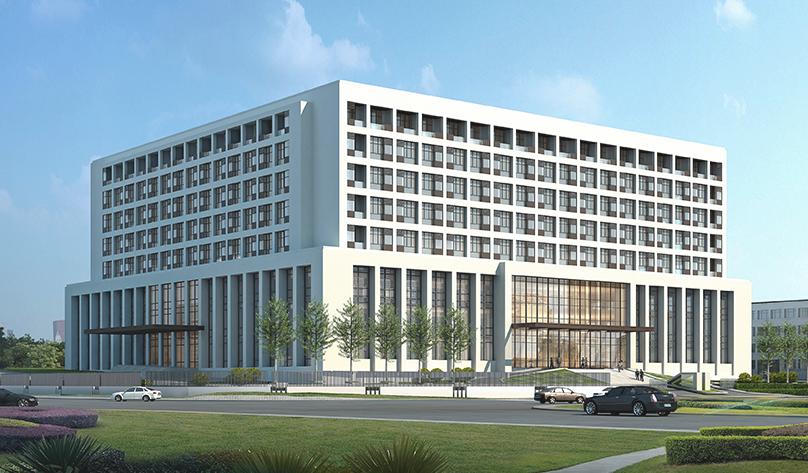-

Address: No. 73, Hongchou West Road, Hongchou Town, Tiantai County, Taizhou City, Zhejiang, China
-

E-Mail: info@ys-traffic.com
-

Tel: +86-17338553371
* We promise never to disclose your information.



Introduction: Why Cable Diameter Compatibility Matters A Cable Protector Ramp is...
View MoreIntroduction: Importance of Waterproof and Dustproof Features In many industrial...
View MoreUnderstanding Load-Bearing Capacity The load-bearing performance of a cable prot...
View MoreStability Concerns in Wet Conditions Cable protector ramps are essential safety ...
View MoreEnsuring Crowd Control and Safety: The Role of Belt Barriers, Retractable Barriers, and Retractable Safety Barriers.
In the realm of crowd management and safety, effective physical barriers are essential. Belt barriers, retractable barriers, and retractable safety barriers are key components in this area, providing a means to control queues, manage pedestrian flow, and ensure safety in various settings. Queue barriers, often synonymous with these terms, are versatile and can be found in a wide range of environments from retail stores to large events.
Belt barriers, also known as queue barriers, are characterized by their simplicity and portability. They typically consist of a series of posts connected by a chain or belt made from materials such as nylon, plastic, or fabric. Here are some of the key features that make belt barriers a popular choice:
1. Portability: Belt barriers are lightweight and easy to move around, making them ideal for temporary or changing setups.
2. Versatility: They can be used in a variety of settings, from retail environments to entertainment venues.
3. Visual Impact: The belts often come in bright colors or feature reflective strips for high visibility.
4. Customization: Belts can be printed with logos, messages, or directional arrows to provide additional information to the public.
5. Cost-Effective: Compared to more permanent barrier systems, belt barriers offer an affordable solution for crowd control.
Retractable barriers offer a more sophisticated solution for crowd control and are often used in high-traffic areas where a more polished appearance is desired. These barriers have several applications:
1. Queue Management: In banks, museums, and theme parks, retractable barriers help form orderly lines and prevent overcrowding.
2. Event Control: At conferences and concerts, they are used to guide attendees to specific areas.
3. Retail Environments: They are used to manage customer flow and indicate the direction of traffic within a store.
4. Safety and Security: In emergency situations, they can be used to quickly create a barrier or cordon off an area.
5. Aesthetics: Retractable barriers are often made from stainless steel or other materials that offer a sleek and professional look.
Retractable safety barriers are a step up from basic belt barriers in terms of safety and durability. They offer several benefits:
1. Durability: Made from stronger materials, these barriers are designed to withstand more rigorous use.
2. Safety Features: They often include features like anti-pinch mechanisms to prevent injury.
3. Retractability: The ability to retract the belt into a canister makes them space-efficient when not in use.
4. Weather Resistance: Retractable safety barriers are often made to withstand various weather conditions, making them suitable for outdoor use.
5. Integration: Some models can be integrated with electronic access systems for added security.
Belt barriers, retractable barriers, and retractable safety barriers are all essential tools in the field of crowd management and safety. Each type of barrier serves a specific purpose and is chosen based on the needs of the environment in which it will be used. Whether it's for temporary queue control, long-term traffic management, or enhancing the safety of a space, these barriers play a critical role in ensuring the smooth operation of public and private spaces alike. By understanding the features, applications, and benefits of each type of barrier, organizations can make informed decisions to enhance the safety and efficiency of their crowd control measures.
